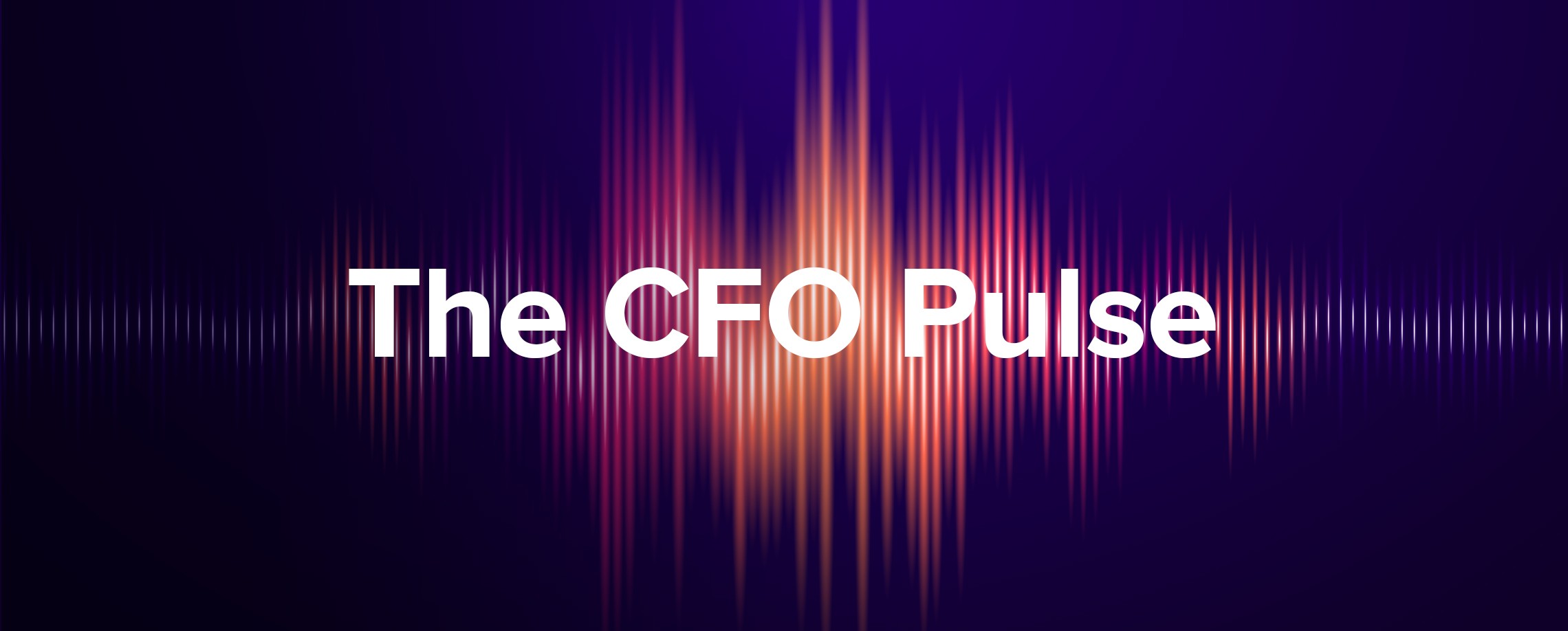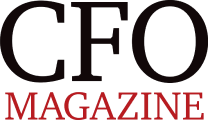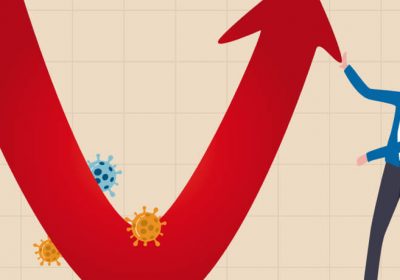
- Author: Stephen Koukoulas
- Posted: February 6, 2025
The CFO Pulse > Key Economic Trends | Feb 2025
An RBA interest rate cut is all but locked in as Donald Trump embarks on major policy change
For Australia, 2025 has kicked off with news of lower inflation, a resilient but still cooling labour market, a moderate pace of economic growth and the near certainty – if such a thing is possible in economics – of the start of an interest rate cutting cycle from the RBA.
There is also a higher than normal degree of uncertainty percolating from the global economy, with the newly minted Trump administration in the US implementing a range of policies that will potentially disrupt global trade flows and the recent progress in lowering inflation. Most notable are tariffs, expelling illegal immigrants, cuts to the bureaucracy and tax cuts.
At the same time, there are economic ructions in the other powerhouses, China and the Eurozone which has fuelled aggressive policy easing as growth and inflation fall.
The recession in New Zealand may be getting close to an end but the RBNZ will need to keep cutting interest rates.
Australia
In Australia, trends in the economy over the past year or two have been stark:
- Inflation has fallen from a peak of 7.8 per cent to 2.4 per cent.
- The unemployment rate has risen from a low of 3.4 per cent to 4.0 per cent.
- Wages growth has eased from a peak of 4.3 per cent to 3.5 per cent.
- GDP growth has fallen from a peak of 6.0 per cent to 0.8 per cent.
Tight monetary policy and softer global growth account for these important trends and there is now a risk for the economy to “overshoot” – even weaker growth, lower inflation and higher unemployment.
The period ahead will set a foundation for the year ahead.
The RBA is set to start an interest rate cutting cycle with the markets pricing in a 25 basis point rate cut on 18 February and a total of 100 basis points of cuts by the first half of 2026. This appears to be a fair assessment although any unexpected weakness in the labour market and even lower inflation would see a risk of a more aggressive easing cycle.
The Federal election is due to be held by 17 May 2025, at the latest, although the Prime Minister has discretion to choose an earlier data. That said, the government is likely to be keen to deliver a pre-election budget on 25 March as economic management, cost of living and interest rates are likely to dominate the campaign.
New Zealand
In New Zealand, the recession continues which has sparked a sharp rise in the unemployment rate from a low of 3.2 per cent to the current 4.8 per cent. The consensus is for unemployment to exceed 5 per cent in coming quarters even though there are tentative signs of a domestic economic upturn.
The recession in New Zealand has triggered a sharp fall in inflation, from a peak of 7.3 per cent to an ‘on target’ 2.2 per cent. The RBNZ has already cut official interest rates by 125 basis points from a peak of 5.5 per cent to 4.25 per cent and at its next meeting on 19 February, a further 50 basis point cut is widely expected. A further 50 to 75 basis points are expected by the end of 2025.
Currencies
Both the AUD and NZD have been weakening at a similar pace over the past few months driven by USD strength, domestic economic weakness in both countries, a fall in the terms of trade and expected and actual interest rate cuts guiding sentiment.
That said, the AUD / NZD cross rate has been remarkably stable over recent months, in a tight range of 1.08 to 1.12.
Looking ahead, both currencies but the AUD in particular, will be highly influenced by the prospects for an economic recovery in China, possible ructions from the escalation of a global tariff ‘war’ and the extent to which the RBA and RBNZ ease monetary policy while the US Federal Reserve maintains its bias to hold interest rates.








